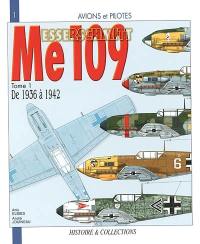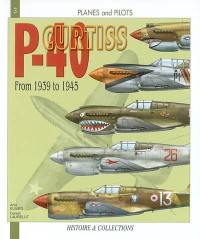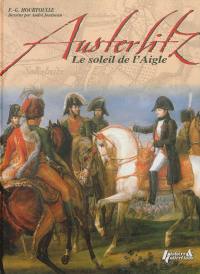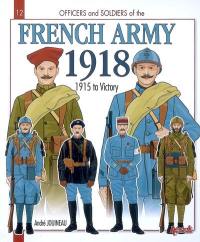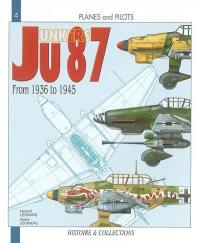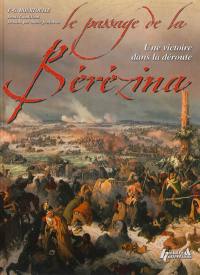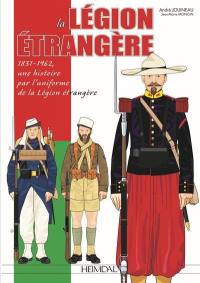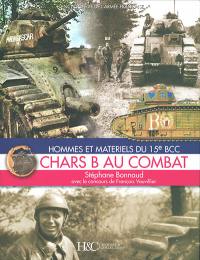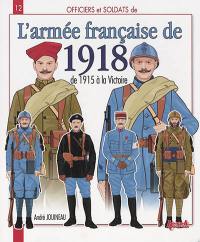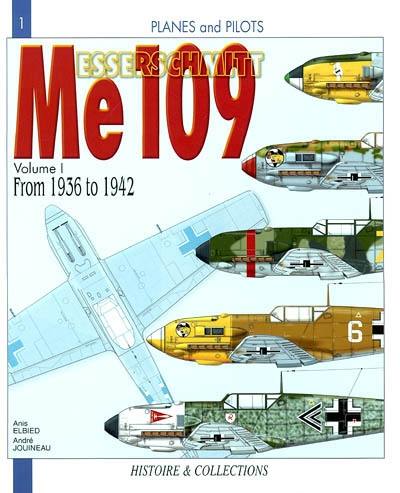
Fiche technique
Format : Broché
Nb de pages : 81 pages
Poids : 340 g
Dimensions : 20cm X 24cm
EAN : 9782913903081
1936 to 1942
from the prototype to the Me 109F-2
Quatrième de couverture
Dealing with the Messerschmitt 109 is a challenge.
In fact the number of specialised and popular works that have been brought out on the subject can no longer be counted. They have dealt with either the historical, or the technical, or the human, or even the paint and camouflage aspects, not to mention the model makers for whom this aircraft has become an essential part of their stock-in -trade.
The older amongst us will almost certainly remember if only as toys, the English brand names of the sixties and seventies, like Airfix and Frog, and our schoolboy difficulty in translating the paint references and the assembly instructions for those models
Things have changed since then and even if the proverbial dynamism on the other side of the Channel and the Atlantic has not dried up, French publishers have made up for lost time by imposing a standard of quality which is envied throughout the world. This has been borne out by the tremendous increase in magazines given over to aircraft and to modelling in this country.
This new series of titles from Histoire & Collections has been inspired by the success of their Wing Masters magazine among a very large number of history and modelling amateurs and the need to review the great classics of the aviation world. There will be ample coloured illustrations and the text will retrace the development of each version by placing it in its historical context and describing its specific characteristics. Our aim is to give everybody a clear modern presentation of the facts, thus opening the way to the study of much more complete and scholarly texts.
Honours to all lords, it is Willy Messerschmitt's little baby which, for obvious reasons, is going to start the collection ; if there is one fighter which represents WWII, and especially the Luftwaffe, it is the 109. Mass-produced from the Spanish Civil War onwards until the end of the Second World War, it remained in service until 1967, in Spain ; it was constantly improved, re-engined, re-armed in order to keep up with its opponents ; it fought on all fronts from the Channel to the skies of Russia.





